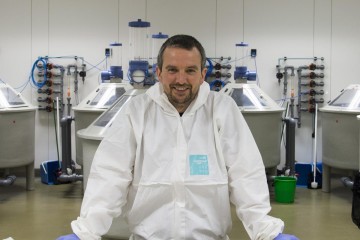Project grant
Development of a non-lethal sampling method to monitor immune response and disease progression in salmonid fish

At a glance
Completed
Award date
November 2011 - November 2014
Grant amount
£435,681
Principal investigator
Dr Bertrand Collet
Co-investigator(s)
Institute
Marine Scotland Science
R
- Reduction
- Refinement
Read the abstract
View the grant profile on GtR
